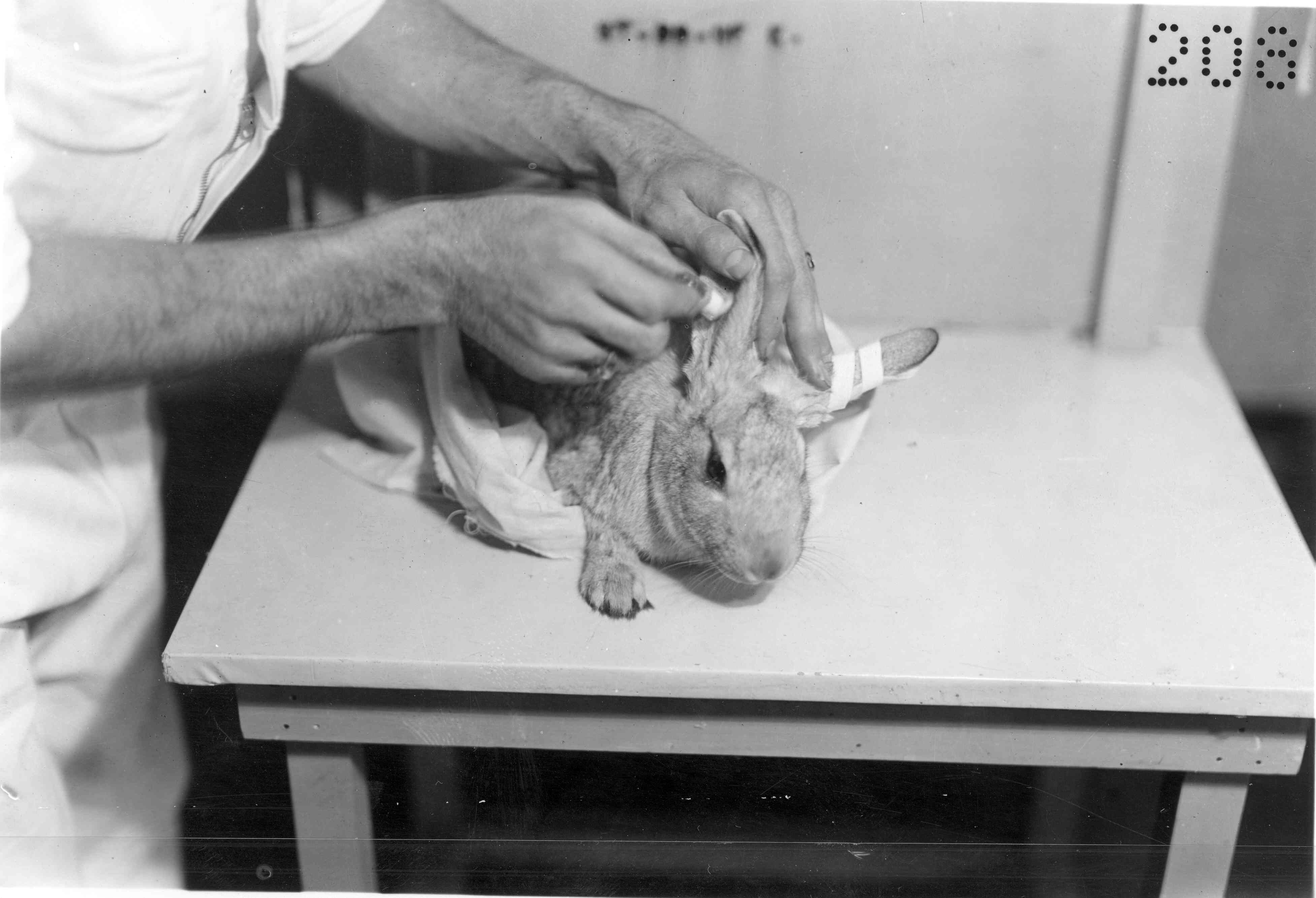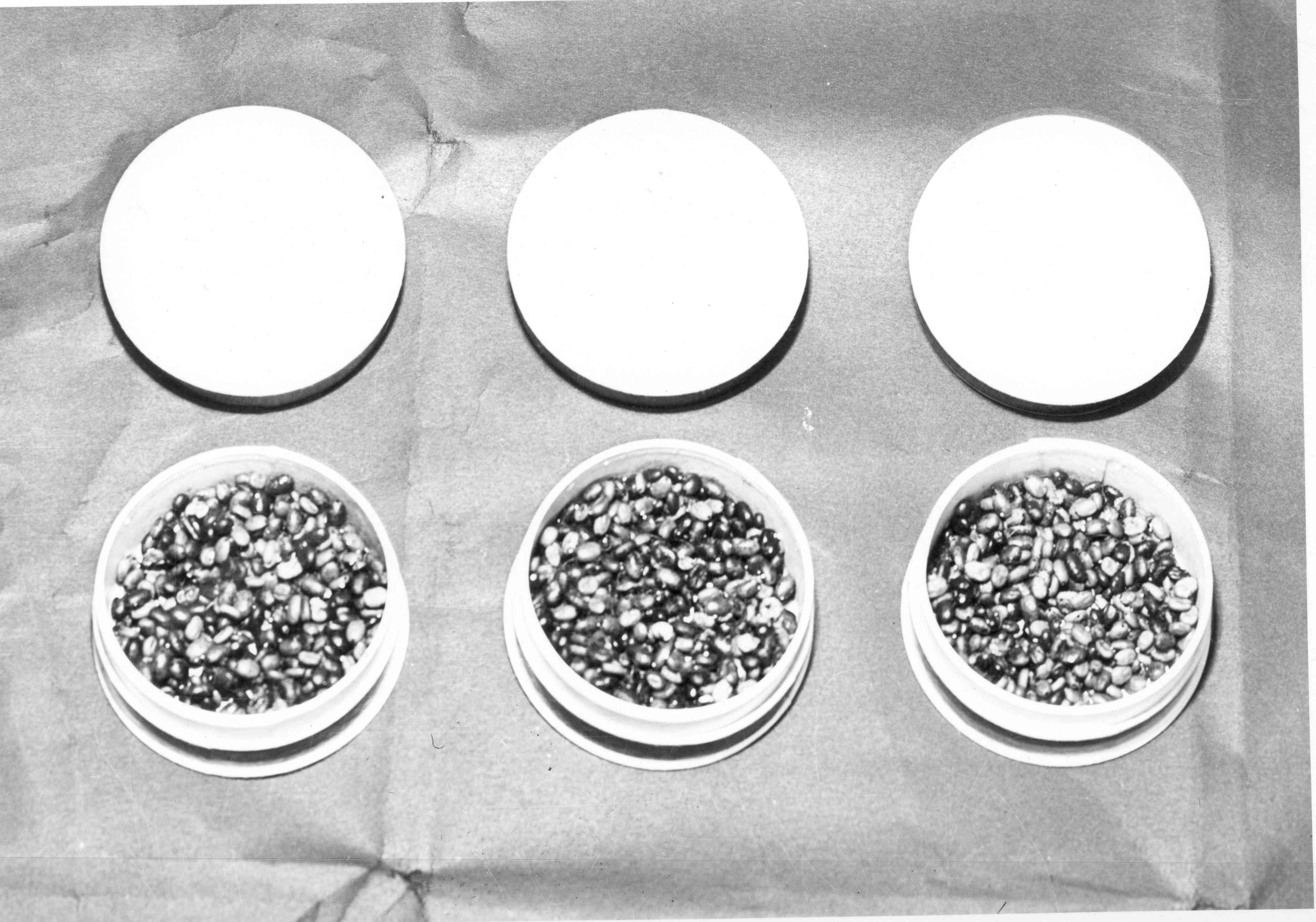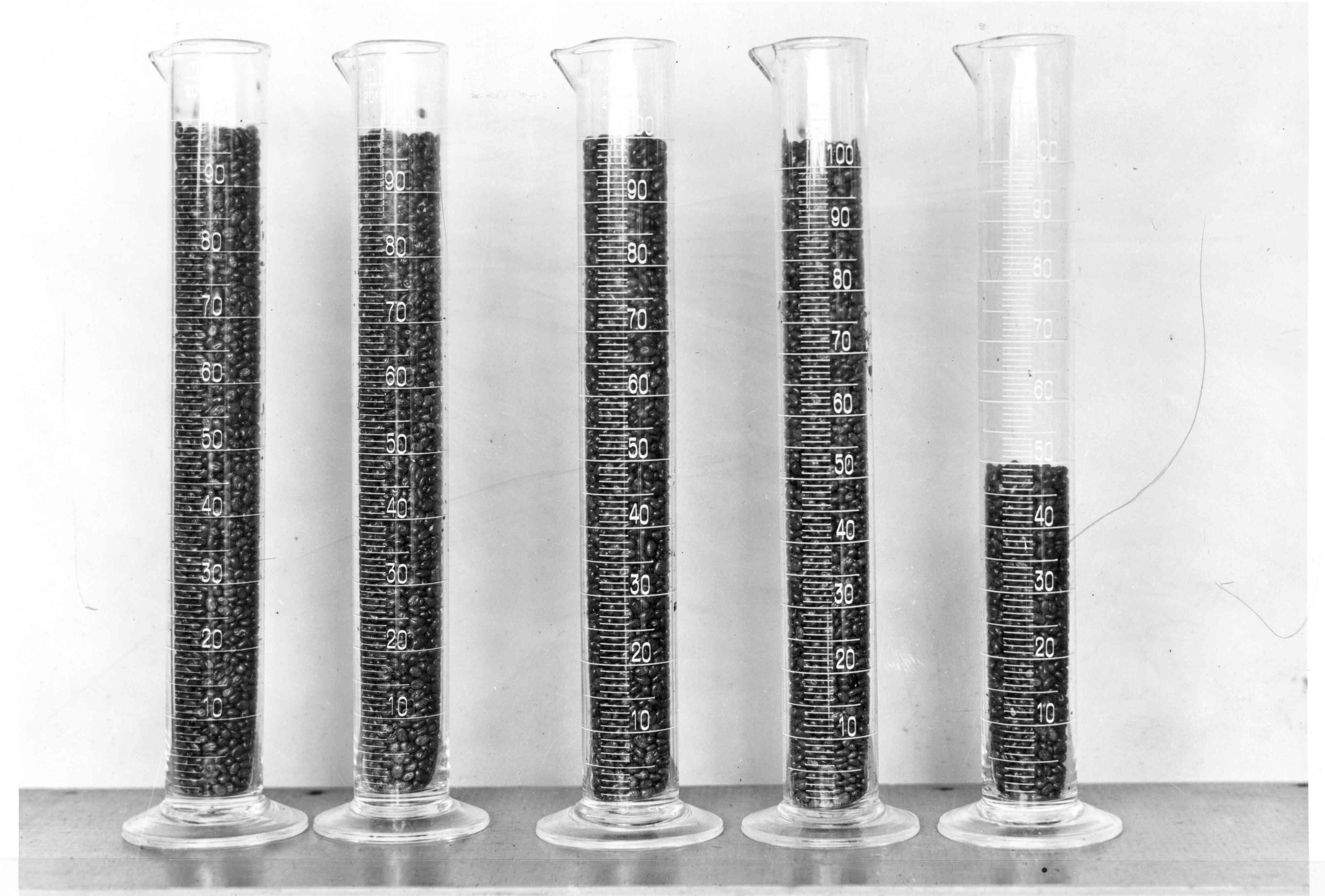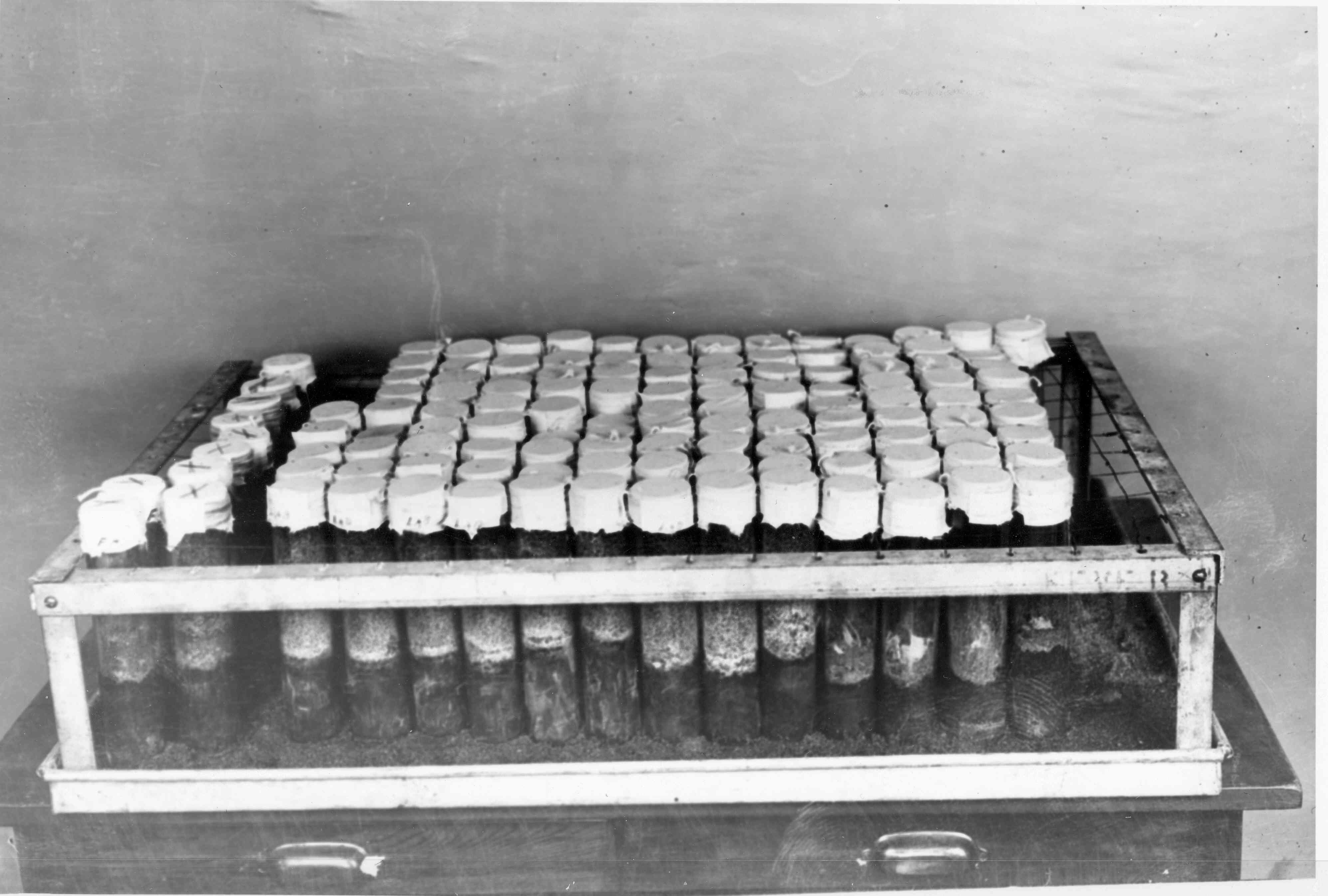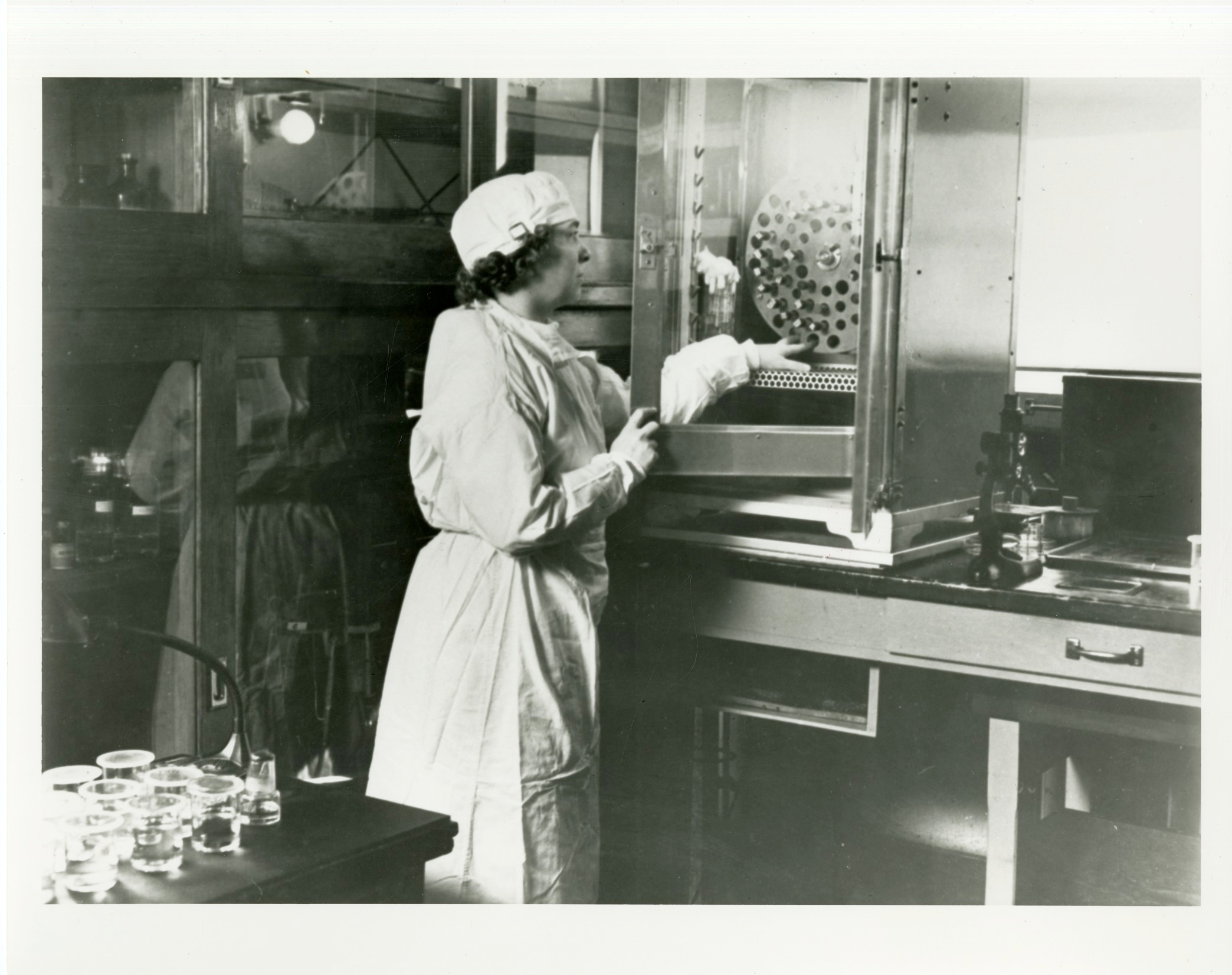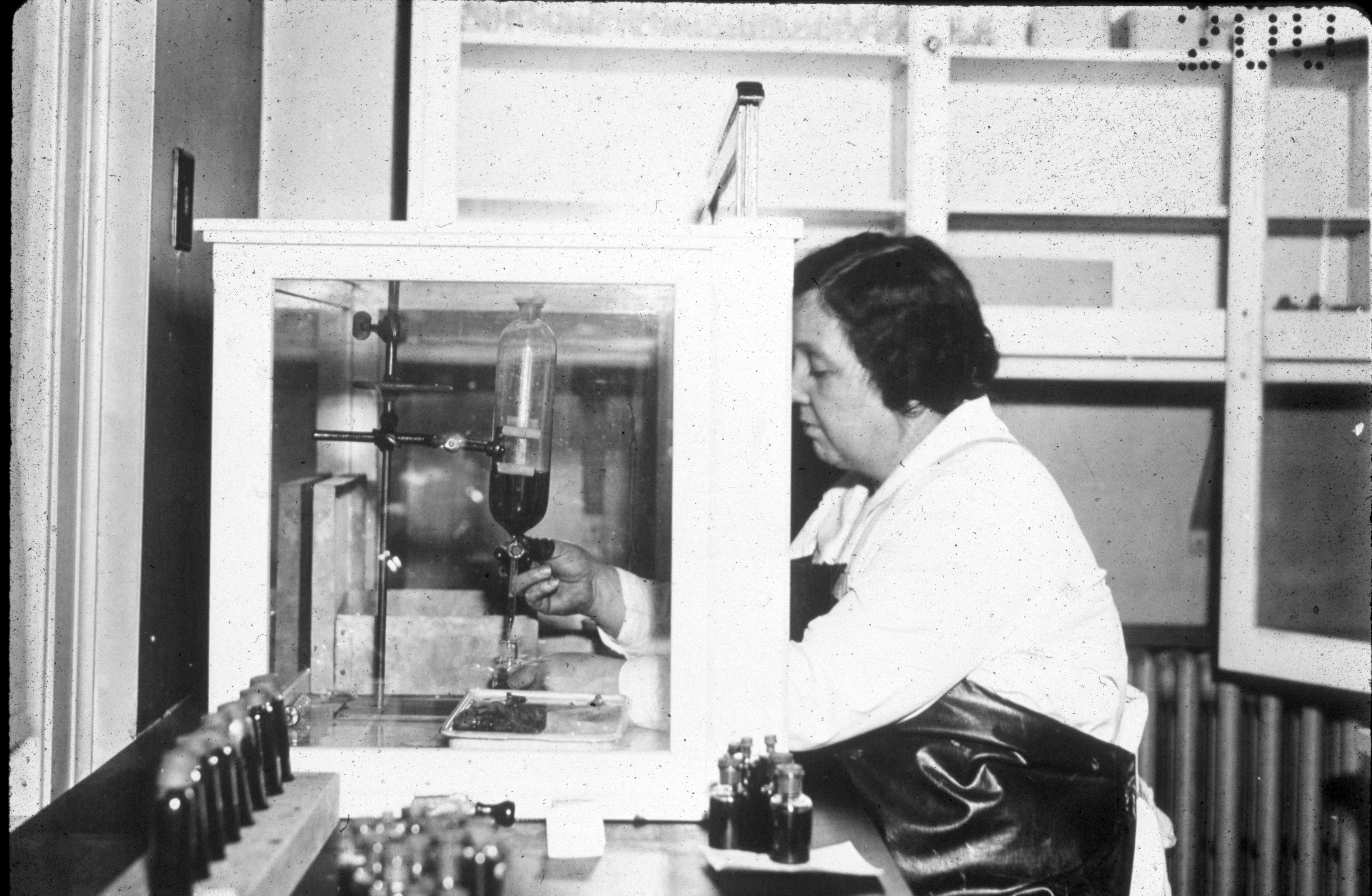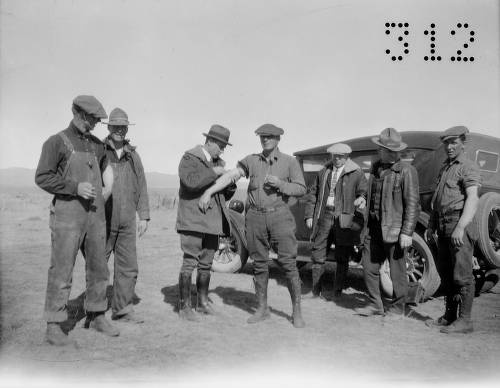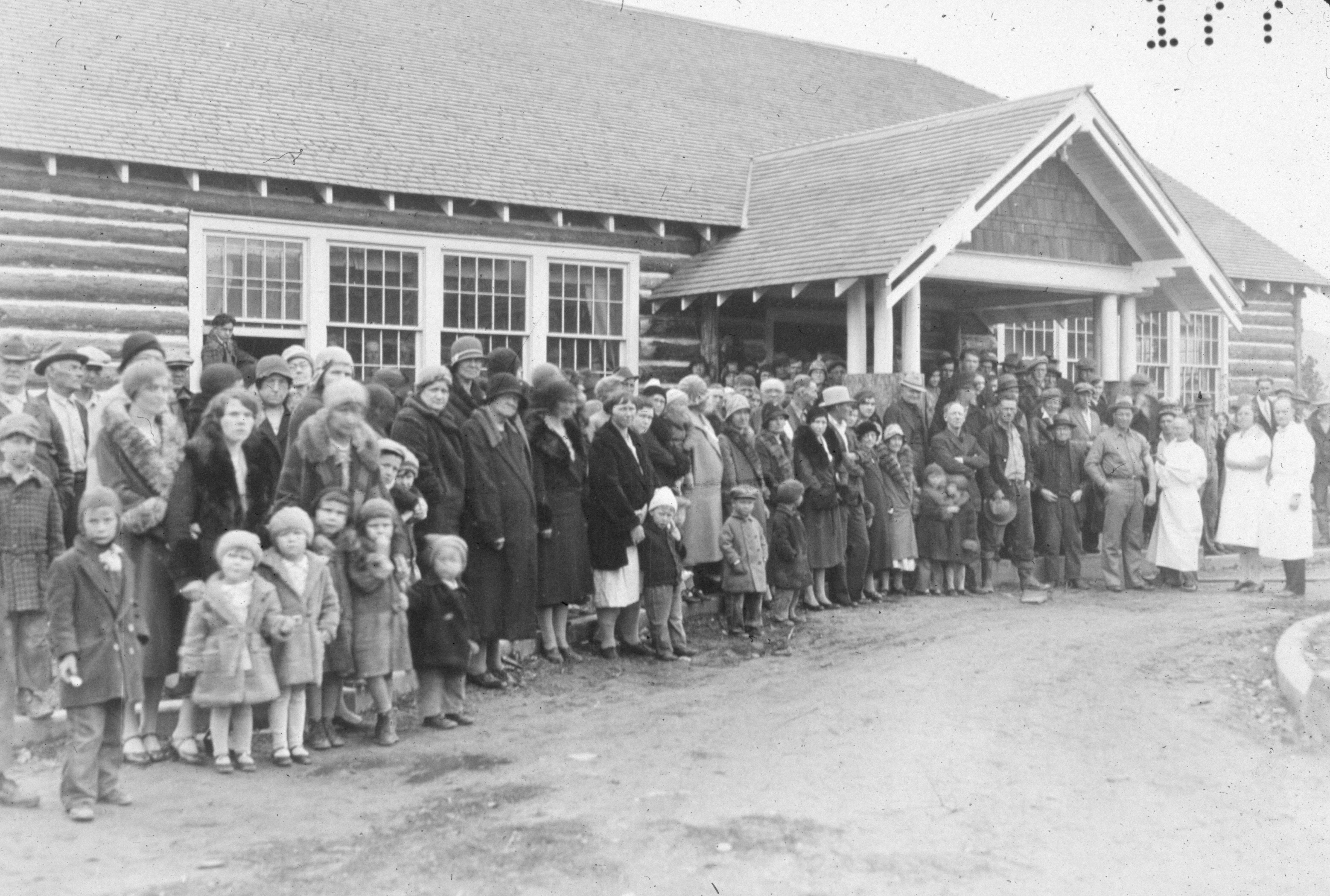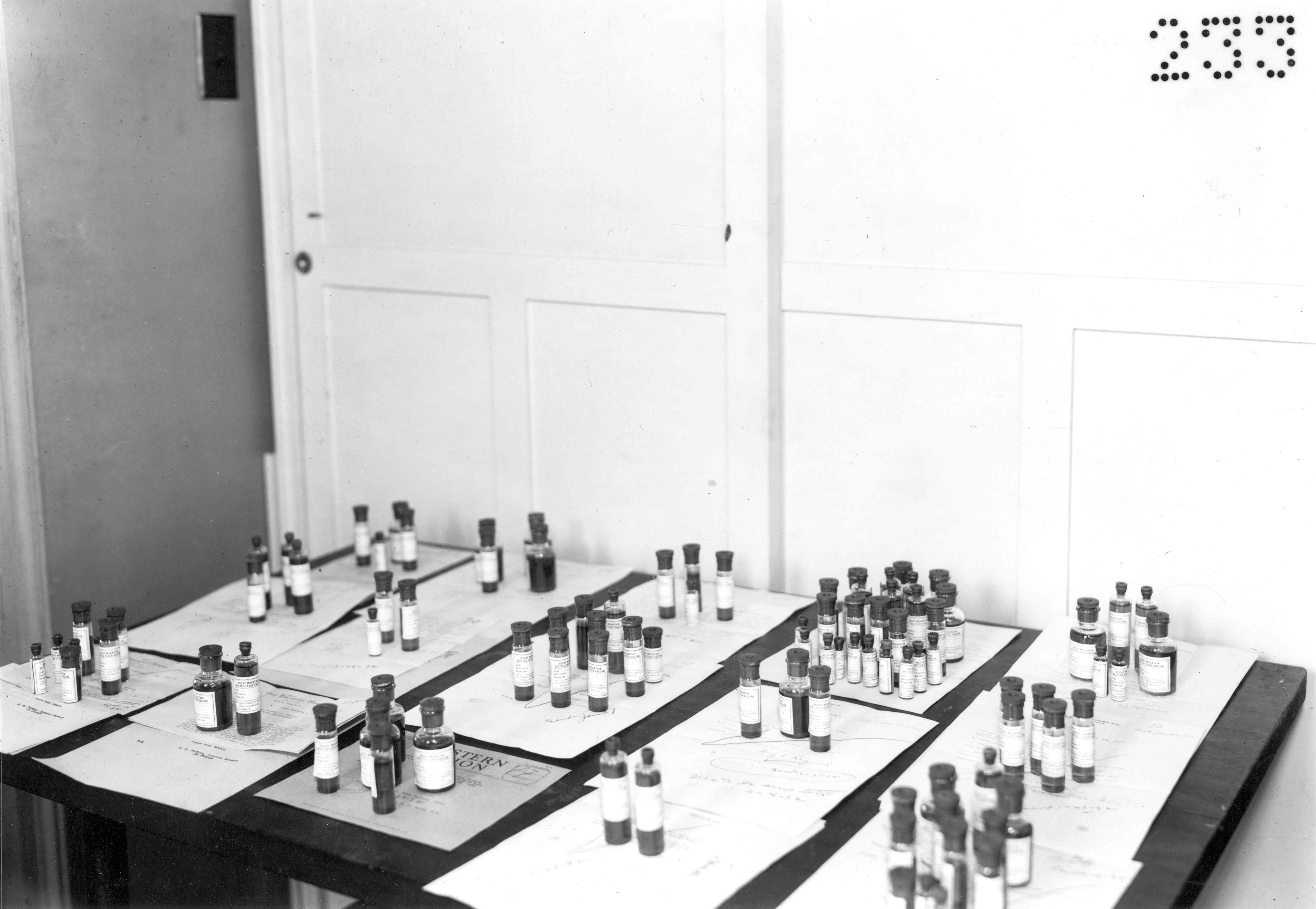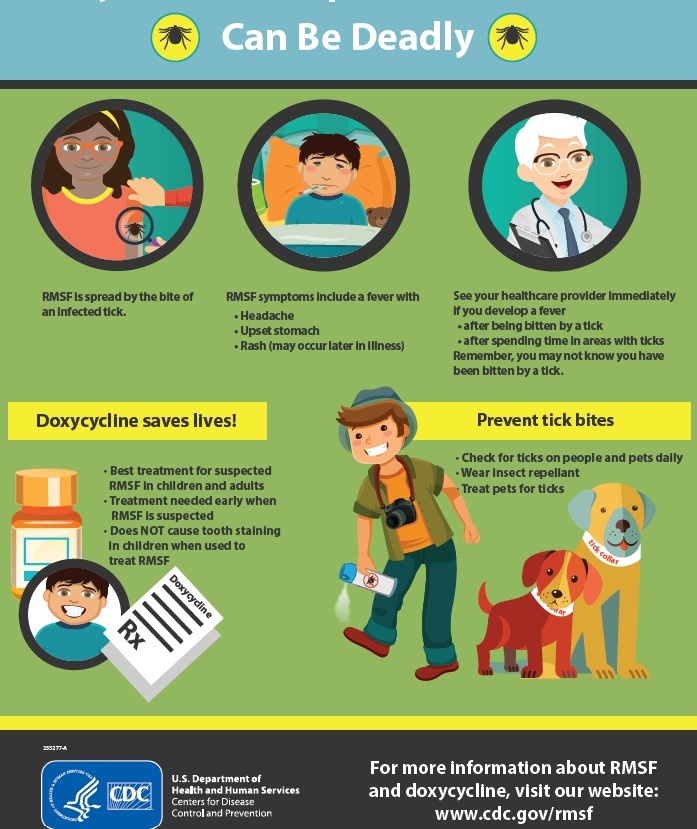...
| Div | ||||||||||||
|---|---|---|---|---|---|---|---|---|---|---|---|---|
| ||||||||||||
| Div | | class | grid-col-6
| Div | ||
|---|---|---|
| ||
The recipe for RMSF vaccine: Because you use adult ticks, you have to start when the ticks are young the spring before to create a vaccine for the next spring.
|
| Div | ||
|---|---|---|
| ||
Image: Office of NIH History and Stetten Museum, 1478 In this undated photograph, students pose with their teachers on the steps of the Canyon Creek Schoolhouse in Montana. In the fall of 1921, students would have to cross the bridge over the Bitterroot River to attend school in the town of Hamilton, abandoning their old brick school. Image: 2011-F077-003 Ravalli County Museum Or RML might have |
| Div | ||||||||||
|---|---|---|---|---|---|---|---|---|---|---|
| ||||||||||
|
| Divdiv | ||||||||||||||||
|---|---|---|---|---|---|---|---|---|---|---|---|---|---|---|---|---|
| ||||||||||||||||
|
| Div | ||||||||||
|---|---|---|---|---|---|---|---|---|---|---|
| ||||||||||
|
| Div | ||||||||||
|---|---|---|---|---|---|---|---|---|---|---|
| ||||||||||
|
| Div | ||||||||||
|---|---|---|---|---|---|---|---|---|---|---|
| ||||||||||
|
| Div | ||||||||||
|---|---|---|---|---|---|---|---|---|---|---|
| ||||||||||
|
| Div | ||||||
|---|---|---|---|---|---|---|
| ||||||
| class | grid-row grid-gap
| |||||
| Div | ||||||
|
| Div | ||||||||||
|---|---|---|---|---|---|---|---|---|---|---|
| ||||||||||
|
| Div | ||||||||||
|---|---|---|---|---|---|---|---|---|---|---|
| ||||||||||
|
| Div | ||||||||||
|---|---|---|---|---|---|---|---|---|---|---|
| ||||||||||
Can We Treat or Cure RMSF?
|


